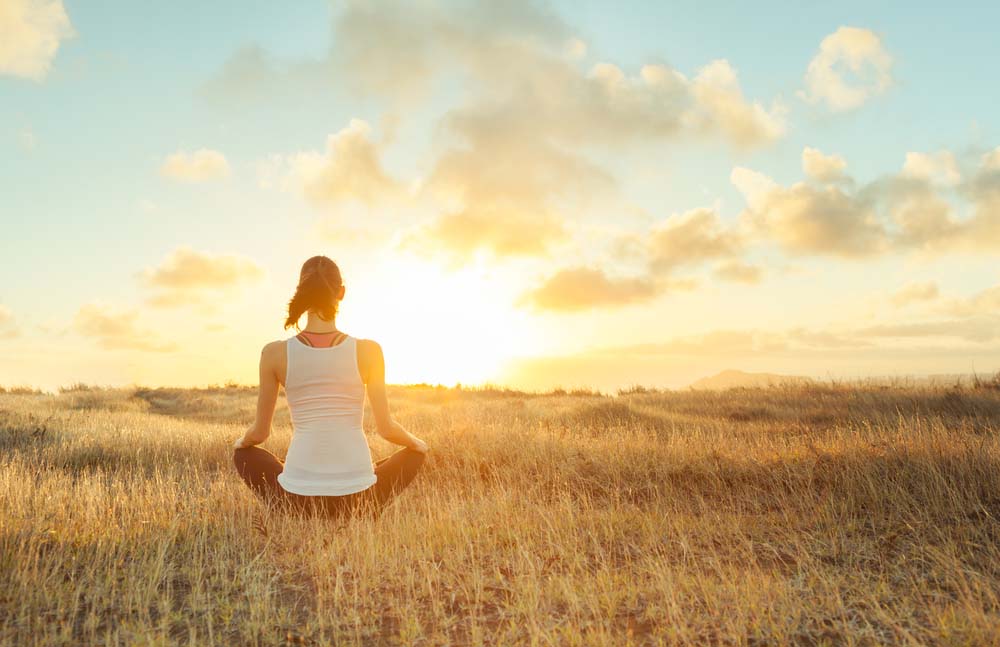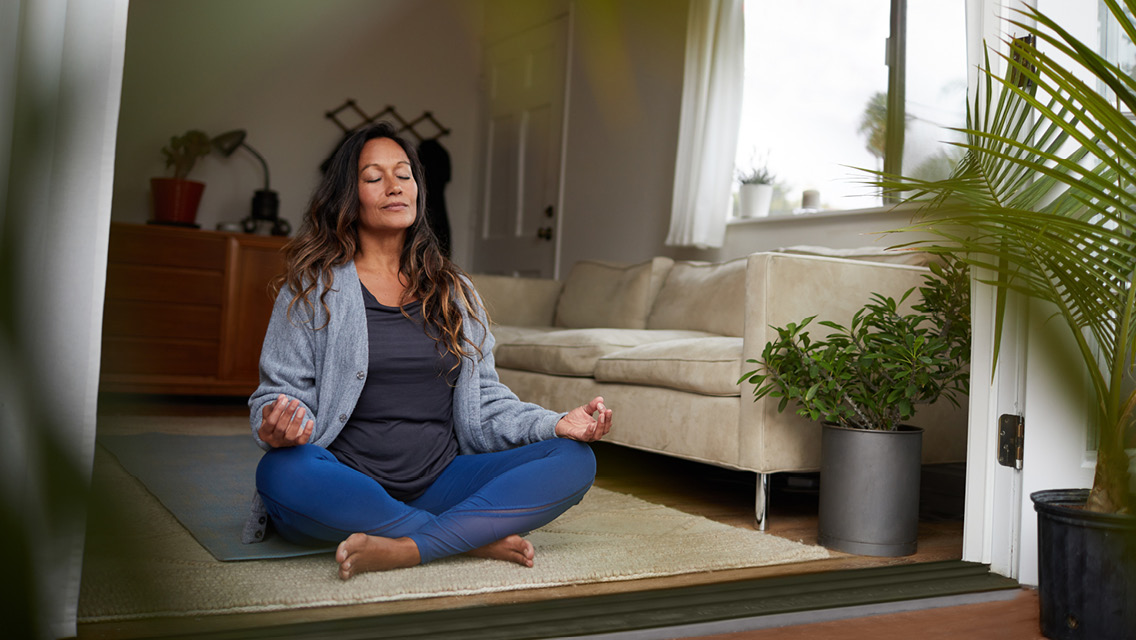A Step-by-Step Approach on How to Meditate? for Stress Alleviation
A Step-by-Step Approach on How to Meditate? for Stress Alleviation
Blog Article
Exactly How to Meditate: A Detailed Approach to Achieving Mindfulness and Tranquility
Reflection functions as a powerful device for accomplishing mindfulness and psychological calm in a hectic globe. By comprehending the basic concepts and techniques associated with reflection, people can cultivate a practice that improves their general well-being. This discussion will lay out important actions, from creating a conducive atmosphere to incorporating meditation into daily routines. As we explore these elements, it comes to be clear that the trip to mindfulness is not simply regarding the act of being in silence, however rather concerning fostering a much deeper connection with oneself and the globe around us. What might this improvement involve?
Comprehending Meditation
Recognizing meditation involves comprehending its essential concepts and methods, which serve as the foundation for the technique. At its core, meditation is a psychological exercise focused on advertising leisure, constructing inner power, and creating empathy and insight. The technique motivates people to concentrate their attention, usually with methods such as deep breathing, visualization, or mantra repetition.
Meditation can be classified right into numerous styles, including mindfulness, transcendental, and loving-kindness meditation, each with distinct functions and methodologies. Mindfulness meditation stresses present-moment recognition and non-judgmental observation of feelings and thoughts, while transcendental reflection entails using particular rules to transcend average mind. Loving-kindness meditation concentrates on establishing a mindset of love and compassion in the direction of oneself and others.
No matter the technique employed, the main goal continues to be consistent: to grow a much deeper understanding of the mind and its patterns. This self-awareness cultivates psychological strength, clearness of idea, and a profound feeling of calmness (How to meditate?). By recognizing these techniques and principles, people lay the foundation for an effective meditation practice that can significantly enhance their general wellness
Getting Ready For Your Technique
Prior to starting your reflection method, it is necessary to create an atmosphere favorable to focus and relaxation. Select a peaceful area where you are unlikely to be disturbed. This could be a corner of a space, a garden, or any kind of place that evokes a sense of tranquility. Guarantee that the area is free and clean of clutter, as a tidy environment can aid get rid of the mind.
Consider the lighting, as all-natural light can boost your state of mind and energy. Soft, cozy lighting is typically extra calming than harsh fluorescent lights. In addition, pick a comfortable temperature, guaranteeing that you are neither also warm neither as well chilly.
Integrating components that promote harmony can even more improve your experience. This could consist of soft pillows or blankets for convenience, in addition to relaxing aromas from essential oils or scent. It can additionally be valuable to have a timer set for your reflection session to avoid diversions from clock-watching.
Standard Meditation Strategies

An additional efficient strategy is body check meditation. This includes psychologically checking your body from head to toe, observing any type of locations of tension or pain and from this source purposely loosening up those muscles. This practice fosters a much deeper link in between your mind and body.

Lastly, loving-kindness reflection concentrates on cultivating empathy in the direction of on your own and others. Silently repeat phrases of goodwill, improving psychological well-being and interconnectedness. Each of these techniques offers as a foundation for your reflection journey, allowing you to find the approach that resonates finest with your individual method.
Maintaining Focus and Mindfulness

Developing a committed reflection room can enhance the capacity to preserve mindfulness. A quiet, clean atmosphere decreases disturbances, permitting for deeper immersion in the practice. Additionally, establishing a time frame can aid take care of go to this site expectations; beginning with shorter sessions may reduce the change into longer practices.
Making use of strategies such as body scanning or observing feelings can additionally boost mindfulness. These methods motivate experts to remain existing and involved with their physicality, anchoring their attention in the minute. Normal practice is crucial; the brain develops resilience gradually, creating a more powerful capacity for emphasis.
Incorporating Reflection Into Life
Including reflection right into every day life can transform navigate to this site routine tasks right into chances for mindfulness and self-reflection. By incorporating mindfulness techniques right into usual jobs, individuals can grow a better sense of presence and serenity among the busyness of daily life.
Begin by recognizing minutes throughout your day where you can exercise and stop mindfulness. As an example, throughout your early morning commute, emphasis on your breath or the sensations of the atmosphere around you. In the kitchen, method cooking as a meditative technique, relishing the textures, colors, and fragrances of the active ingredients. Even ordinary tasks like washing meals or walking can come to be chances for reflection by routing your attention to the sensations of motion and the audios surrounding you.
Furthermore, reserving dedicated times for reflection can enhance its method. Begin with brief sessions, slowly raising period as you end up being much more comfortable. Use reminders or hints-- like a details time of day or a calming sound-- to develop uniformity.
Inevitably, the objective is to weave mindfulness right into the fabric of day-to-day live, permitting you to approach each moment with objective, thus enhancing your general sense of wellness and quality.
Conclusion
In conclusion, efficient meditation calls for a silent setting, a comfy position, and an emphasis on the breath. Normal reflection, also in quick sessions, fosters a deeper connection to the present minute, inevitably leading to greater calm and mental quality in everyday life.
Meditation can be classified into different styles, including mindfulness, transcendental, and loving-kindness reflection, each with unique purposes and approaches. Mindfulness reflection stresses present-moment recognition and non-judgmental monitoring of ideas and sensations, while copyright includes the usage of specific mantras to transcend ordinary thought procedures.With your reflection space prepared, it's time to check out different fundamental meditation strategies that can help cultivate mindfulness and inner peace.Continually keeping emphasis and mindfulness during reflection can be tough, particularly for those new to the method.Developing a committed reflection space can improve the ability to keep mindfulness.
Report this page